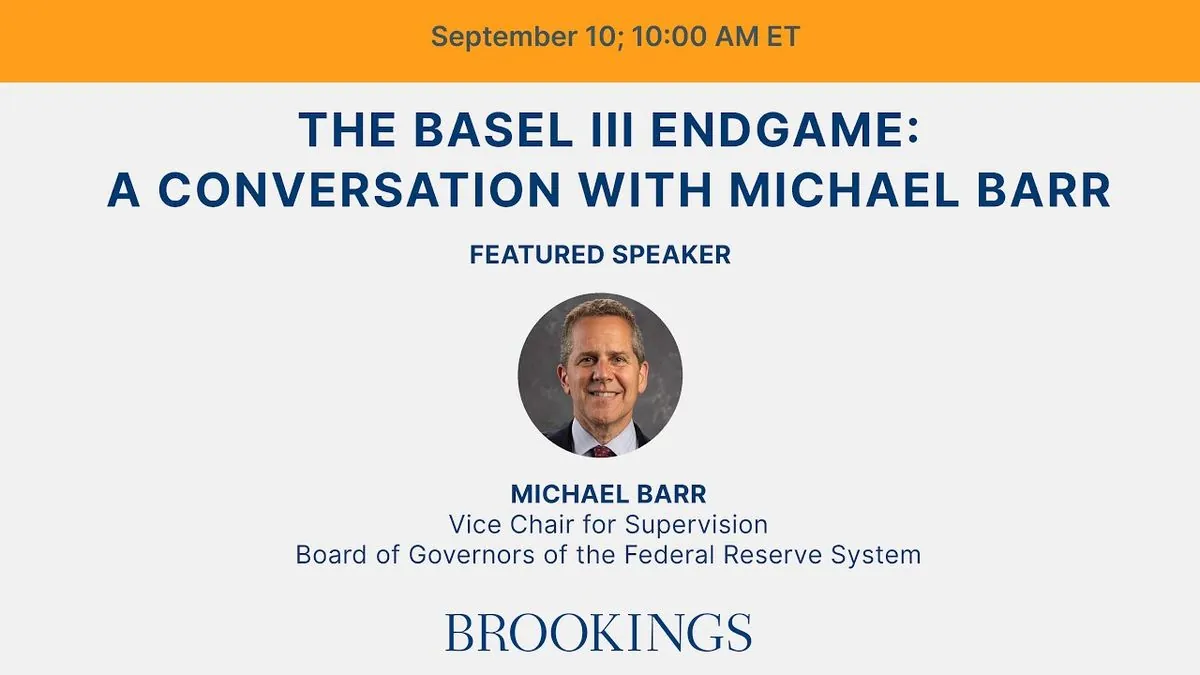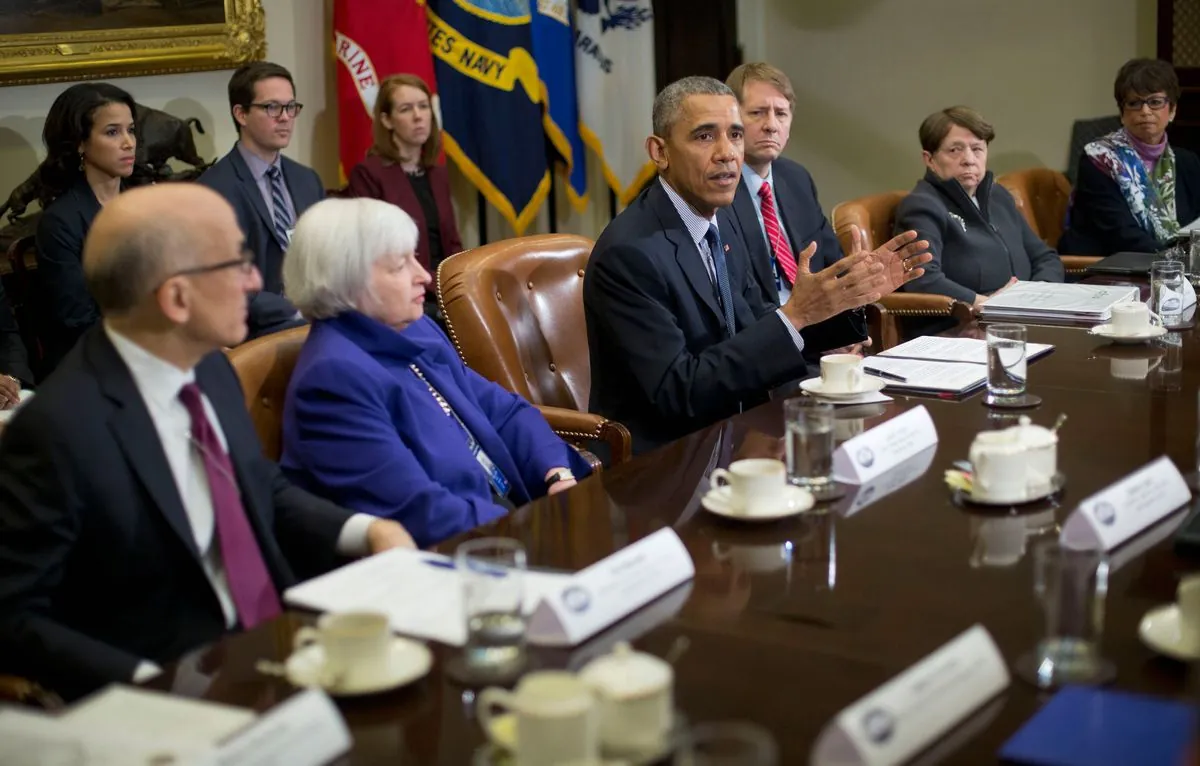Fed Eases Capital Rules for Big Banks, Cutting Buffer Increase to 9%
Federal Reserve's top regulator Michael Barr announces softer capital requirement rules for major U.S. banks, reducing the proposed increase from 19% to 9%. Changes address industry concerns while maintaining key reforms.

In a significant development for the U.S. banking sector, Michael Barr, the Federal Reserve's top regulator, has announced a substantial softening of proposed capital requirement rules for the nation's largest banks. This move, revealed on September 10, 2024, at the Brookings Institution, marks a partial retreat from earlier, more stringent proposals that had faced fierce opposition from the banking industry.
The Federal Reserve, along with other regulatory bodies, has been working on implementing the "Basel Endgame" regulations for over a year. These rules, named after the Swiss city where the Basel Committee on Banking Supervision is headquartered, aim to complete the regulatory overhaul that began in the wake of the 2008 global financial crisis.
Initially, the proposed rules would have increased the capital buffer for Global Systemically Important Banks (GSIBs) by 19%. This substantial hike raised alarms within the banking sector, with executives and lobbyists arguing that the requirements were excessively harsh. To put this in perspective, the eight U.S. GSIBs collectively held nearly $1 trillion in Common Equity Tier 1 (CET1) capital at the end of June 2024.

Barr's announcement significantly reduces the impact on these major financial institutions. Under the revised proposal, the combined capital increase for GSIBs like JPMorgan Chase and Bank of America will be limited to 9%, effectively saving the industry around $100 billion in additional capital requirements.
The modifications extend beyond just the headline numbers. Barr promised adjustments to ease the burden posed by a new measure of operational risk, which aims to capture threats to banks' financial stability from factors such as cybersecurity breaches or human error. This change is particularly beneficial for institutions like Morgan Stanley that focus on steady, fee-generating businesses.
Other key revisions include:
1. Eliminating a proposal to penalize dealings with certain non-publicly traded companies
2. Softening risk calculations for residential real estate loans
3. Fine-tuning the treatment of smaller banks, focusing on unrealized losses
Despite these concessions, some philosophical shifts embedded in the new rules remain intact. The concept of operational risk charges, for instance, continues to be a point of contention, even among members of the Fed's own Board of Governors.
"Everything is still on the table."
This statement underscores that while significant changes have been made, the regulatory process is ongoing and subject to further revisions.
The Federal Reserve's approach to these regulations reflects a delicate balance between ensuring financial stability and maintaining the competitiveness of U.S. banks in the global market. As the banking landscape continues to evolve, with increasing focus on issues like cybersecurity and operational resilience, regulators must adapt their frameworks accordingly.
While the revised rules represent a significant climbdown from the original proposals, they still codify important reforms aimed at strengthening the financial system. The journey from the 2008 crisis to today's regulatory environment highlights the ongoing efforts to prevent future financial meltdowns while allowing banks to operate effectively in a dynamic global economy.
As the Basel Endgame continues to unfold, all eyes will be on how these new capital requirements impact the strategies and operations of America's largest financial institutions in the coming years.


































